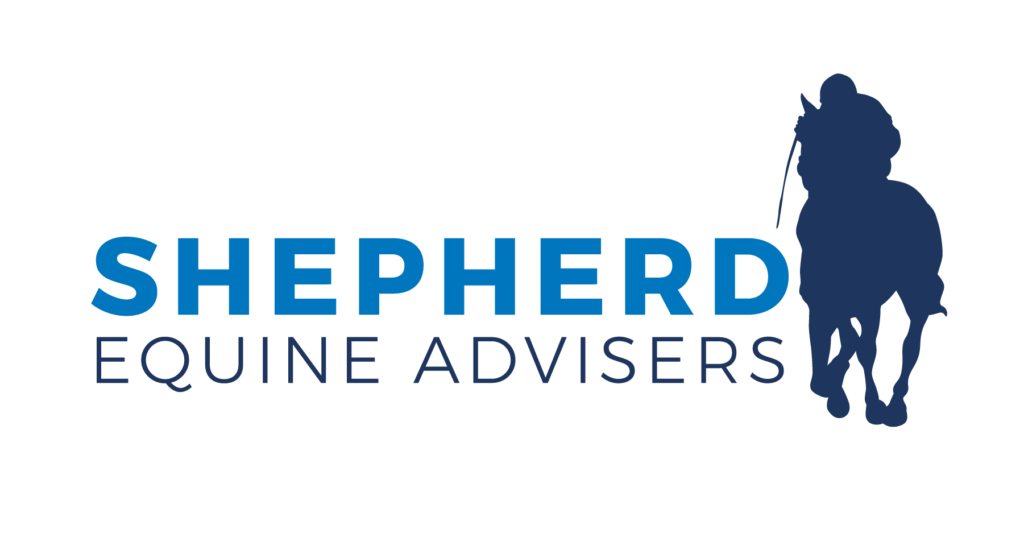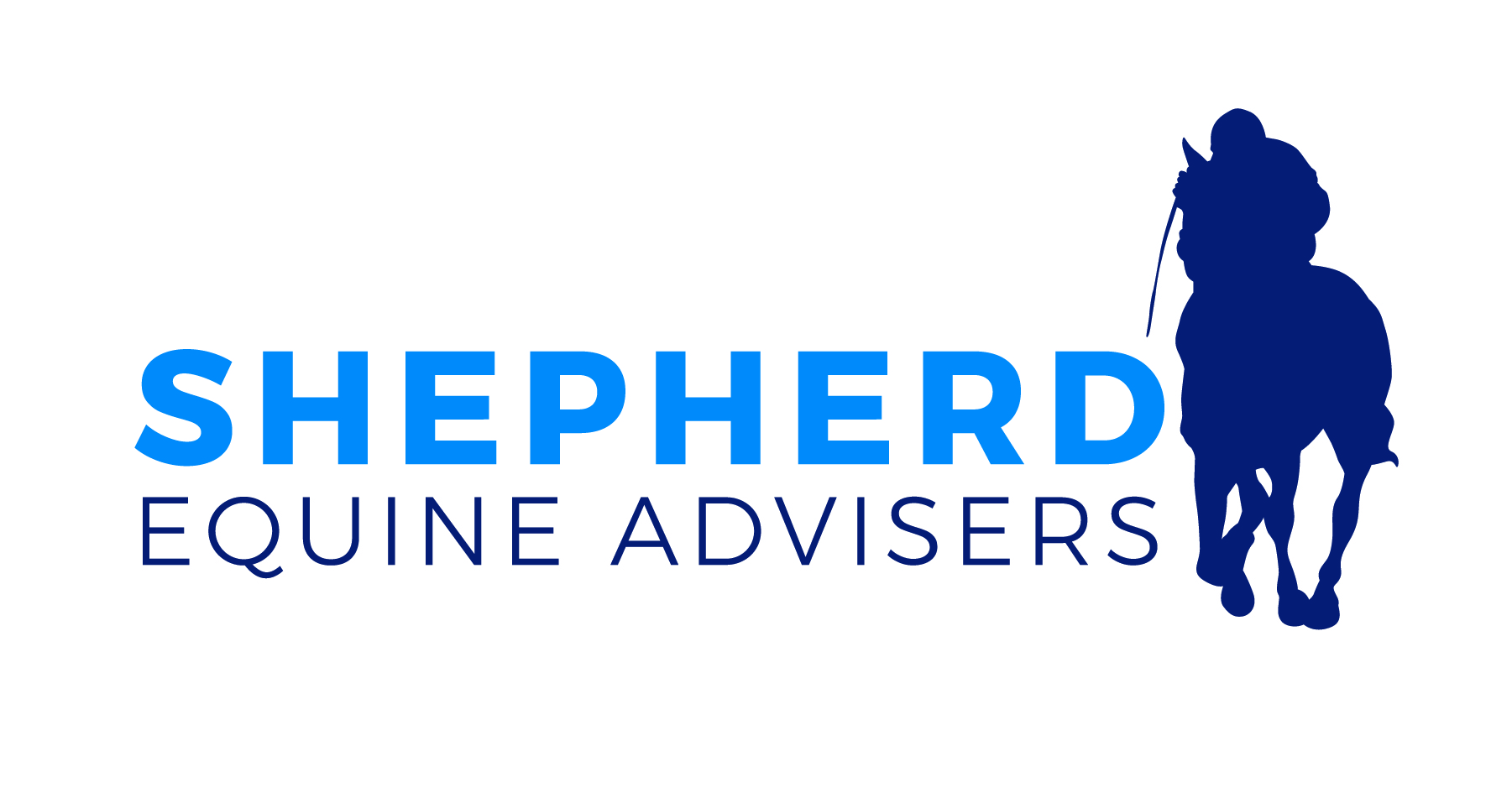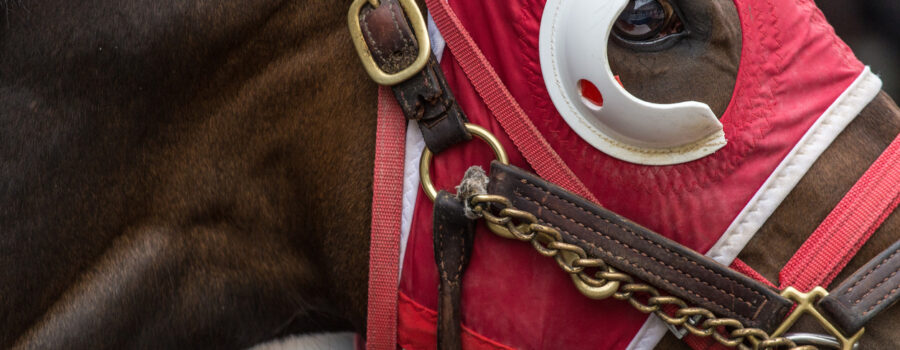Owning a racehorse sounds like a dream. The thunder of hooves, the thrill of the finish line, the champagne in the winner’s circle. But here’s the harsh truth: luck doesn’t breed winners. Strategy does.
If you’re relying on chance to pick your next winner, you’re not just gambling—you’re setting yourself up to lose. Let’s talk about how to flip the script and turn your racehorse ownership dreams into a winning reality.
Pedigree Isn’t Just About Fancy Names
A horse’s pedigree is more than a lineage of famous names. It’s a genetic blueprint for success. Yet, most new owners see a pedigree page and feel like they’re reading hieroglyphics.
The trick? Focus on performance patterns. For example, if you’re buying a yearling, look for sires (the father) with proven records of producing early-maturing horses. If you’re eyeing a broodmare (a female for breeding), check if her female family has a history of consistent winners.
Here’s what to do next: Spend time analyzing stakes-winning offspring from the sire or dam you’re considering. Patterns emerge—speed, stamina, or precocity (early development). Don’t just read the catalog notes. Dig deeper. Watch races, talk to experts, and look at year-by-year trends.
Don’t Shop Blind at the Auction Ring
Walking into a horse auction without a plan is like trying to win a poker game without knowing the rules. Bidding wars, flashy catalogs, and fast-talking agents can overwhelm even seasoned investors.
Start with a budget. Not just for buying the horse but for training, vet care, and racing fees. A $100,000 purchase can easily snowball into $60,000 in annual expenses.
Next, hire a trusted bloodstock agent. Their job is to steer you toward sound investments. But remember, not all agents are created equal. Choose someone with a track record of selecting winners, not just flipping horses for commissions.
And don’t be afraid to walk away. A promising yearling that goes $20,000 over your budget can sink your entire plan.
Mating Plans: Think Like a CEO, Not a Romantic
Breeding isn’t just pairing two good horses and hoping for magic. It’s strategic matchmaking that considers genetics, conformation (physical structure), and performance history.
Here’s the formula: Strengthen weaknesses. If you have a mare with exceptional speed but questionable stamina, look for a sire that consistently produces long-distance runners.
Keep records. Document your mare’s foal history, even if it’s just a spreadsheet tracking sire pairings, auction prices, and race results. Patterns will emerge over time, making your decisions sharper and more profitable.
One more thing: Timing matters. Breed early in the season if you can. A foal born in January has a maturity advantage over one born in May. In racing, every month counts.
Success Requires Portfolio Thinking
Treat your racehorse investments like a stock portfolio. Diversify. A mix of racing prospects, breeding stock, and even shares in syndicated racehorses minimizes your risk.
Here’s an example: Let’s say you’ve got $500,000 to invest. Instead of spending it all on one horse, allocate $300,000 for two high-quality race prospects, $150,000 for a proven broodmare, and $50,000 for shares in a stallion syndicate. This spreads your exposure and increases your odds of hitting a big return.
Also, set benchmarks. Evaluate performance every quarter. Is your trainer hitting the right targets? Is your broodmare producing competitive offspring? If not, pivot. Don’t get emotionally attached to underperforming horses.
Watch the Small Details—or Pay the Price
It’s not just the big decisions that matter. The small ones can make or break your investment.
For example, vet checks. Never skip them, no matter how impressive a horse looks. Hidden injuries or genetic weaknesses can turn a $200,000 purchase into a pasture ornament.
And don’t underestimate the power of a good farrier (a specialist in horse hoof care). A champion horse with poorly managed hooves is like a Ferrari with flat tires. Regular, high-quality hoof care is essential.
Even transport matters. Horses can stress easily during travel, leading to health or performance issues. Choose professional haulers with experience in equine transportation. These details might seem minor, but they’re the foundation of a successful ownership experience.
Build a Team That’s as Hungry for Wins as You Are
Success in racehorse ownership doesn’t happen in a vacuum. You need a team. A trainer, a bloodstock agent, a vet, a farrier, and, sometimes, even a nutritionist.
Interview them like you would an employee for a high-stakes job. Don’t just ask about their experience; ask about their philosophy. Do they prioritize long-term soundness over short-term wins? Do they communicate clearly and regularly?
For example, a trainer who updates you weekly with training logs and video footage is worth their weight in gold. You’ll feel confident knowing your horse is on the right path—and if they’re not, you can course-correct early.
Know When to Pivot—or Exit
Not every horse will become a winner, no matter how much strategy you employ. Some might perform better in different roles, like show jumping or polo. Others might become valuable broodmares or breeding stallions.
The key is knowing when to pivot. Set performance benchmarks—like hitting a certain speed figure by age three. If a horse isn’t meeting those goals, consider selling or transitioning them to a different career.
Remember: This isn’t about emotion. It’s about making sound business decisions that protect your investment and set you up for future success.
The Winning Formula Is a Mindset, Not Just a Plan
Here’s the blunt truth: Racehorse ownership is hard work. It requires relentless attention to detail, strategic thinking, and a willingness to learn. But the rewards? They’re unparalleled.
Imagine standing in the winner’s circle, champagne in hand, knowing it wasn’t luck—it was strategy. That’s what makes it worth it.
So, are you ready to stop gambling and start winning? Get out there. Build your plan. Trust your team. And make your thoroughbred dreams a reality.







Recent Comments